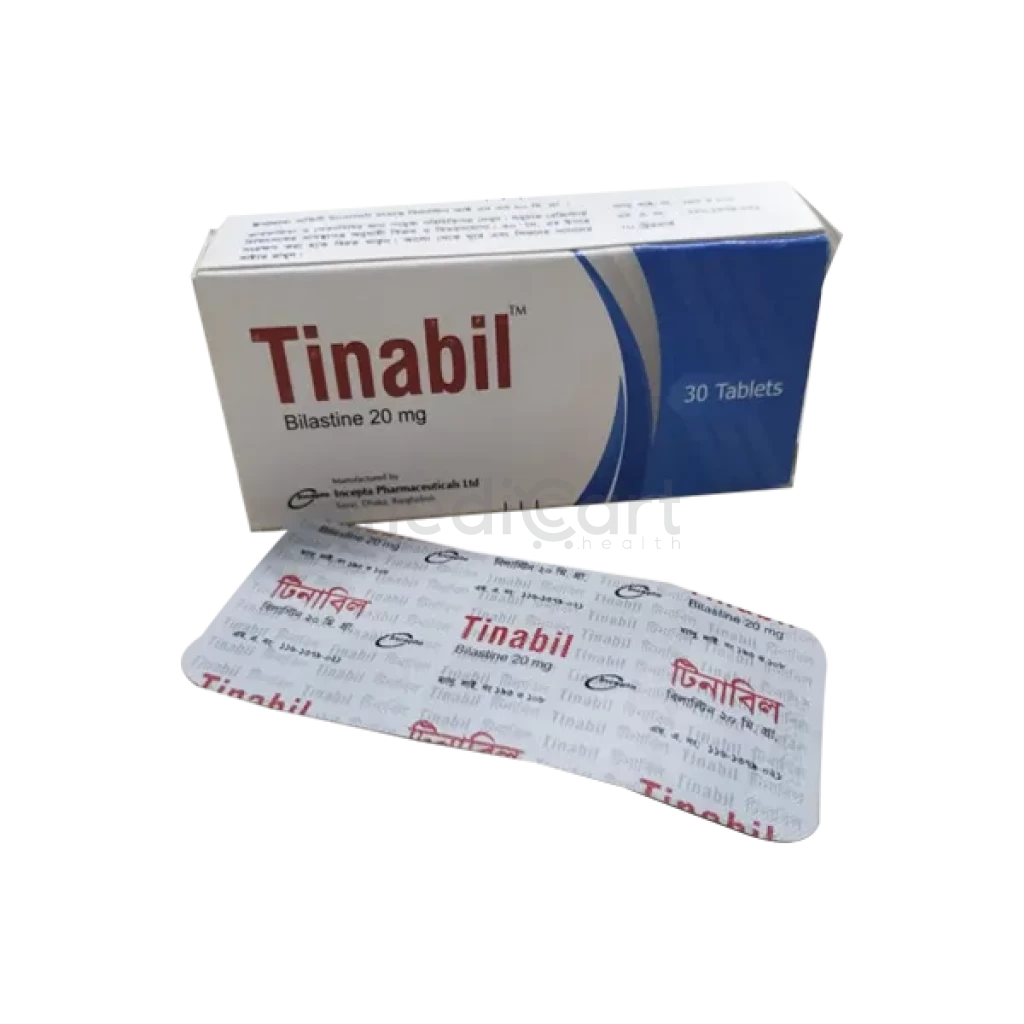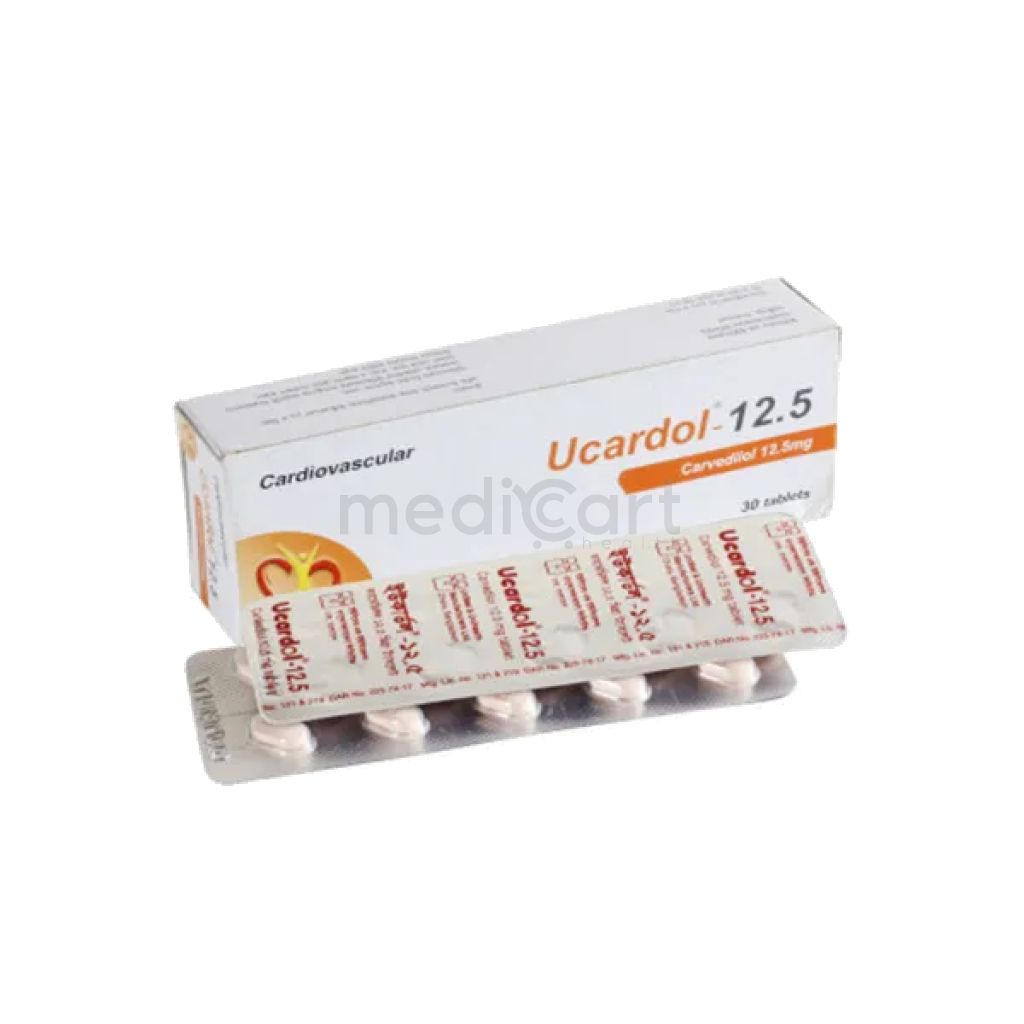

Modesto XR 3 mg Er Tab. - 3mg
Tablet
Pack Size :
10 Tablet x 1 Strip
Generics :
Paliperidone
Manufacturer :
Incepta Pharmaceuticals Ltd.
Best Price *
TK
110.00
* Delivery will be done in Dhaka city only.
More Information About - Modesto XR 3 mg Er Tab. - 3mg
Description
Generic Name
PaliperidonePrecaution
Patient w/ known CV disease or family history of QT prolongation, history of seizures or other conditions that potentially lower the seizure threshold, predisposition to GI obstruction, possible prolactin-dependent tumours, Parkinson's disease. Cataract surgery. Elderly w/ dementia-related psychosis and risk factors for stroke. Renal impairment. Pregnancy and lactation. Patient Counselling This drug may cause somnolence and impairment of judgment, thinking or motor skills, if affected, avoid driving, operating machinery or performing hazardous tasks. Monitoring Parameters Monitor mental status changes, vital signs, wt, BP, electrolyte, renal and hepatic function. Closely monitor for worsening glucose control in patients w/ pre-existing DM. Lactation: Drug excreted in breast milk; do not nurseIndication
Schizophrenia, Schizoaffective DisorderContra Indication
Hypersensitivity to paliperidone or risperidone.Dose
N/ASide Effect
>10% Akathisia,Somnolence,Insomnia,Parkinsonism,Tachycardia,Hyperprolactinemia,Others similar to placebo (eg, headache) <10% (selected) Cough,Dystonia,Extrapyramidal symptoms (EPS),Orthostatic hypotension,QT prolongation,Sialorrhea,Priapism,Weight gain,Constipation,Indigestion,Amenorrhea,Galactorrhea,Nausea,Dyspepsia,Salivation,Xerostomia,Myalgia,Extremity pain,NasopharyngitisPregnancy Category
Name : Not Classified
Description
FDA has not yet classified the drug into a specified pregnancy category.Mode of Action
Major metabolite of risperidone; improves negative symptoms of psychoses and reduces incidence of EPS Has high affinity for serotonin type 2 (5-HT2) receptors; binds to dopamine D2 receptors with 20 times lower affinity than that for 5-HT2 receptors; antagonizes alpha1-adrenergic, alpha2-adrenergic, and histaminergic receptors; has moderate affinity for serotonin type 1 (5-HT1C, 5-HT1D, 5-HT1A) receptors; has weak affinity for dopamine D1 receptors; has no affinity for muscarinic, beta1-adrenergic, and beta2-adrenergic receptorsInteraction
Increased risk of QT prolongation w/ class IA (e.g. quinidine, disopyramide) and class III (e.g. amiodarone, sotalol) antiarrhythmics. Additive effects w/ drugs that cause orthostatic hypotension (e.g. other antipsychotics, tricyclics). May antagonise actions of levodopa and other dopaminergics. Additive effect w/ drugs known to lower seizure threshold (e.g. phenothiazines or butyrophenones, clozapine, tricyclics or SSRIs, tramadol, mefloquine). May reduce plasma levels w/ carbamazepine. Enhanced central effects w/ other CNS depressants. May increase plasma levels w/ valproate. May affect the absorption w/ metoclopramide.Pregnancy Category Note
Pregnancy There are no adequate and well controlled studies in pregnant women; use of first generation antipsychotic drugs during last trimester of pregnancy associated with extrapyramidal symptoms in neonate; symptoms are usually self-limited; not known whether paliperidone, when taken near end of pregnancy, will lead to similar neonatal signs and symptoms; in animal reproduction studies, there were no increases in fetal abnormalities when pregnant rats and rabbits were treated during the period of organogenesis with up to 8 times the maximum recommended human dose of paliperidone (on a mg/m? basis); in rat reproduction studies with risperidone, which is extensively converted to paliperidone in rats and humans, there were increases in pup deaths seen at oral doses which are less than maximum recommended human dose of risperidone on a mg/m? basis Infertility Based on pharmacologic action of paliperidone (D2 receptor antagonism), treatment may result in an increase in serum prolactin levels, which may lead to a reversible reduction in fertility in females of reproductive potential Lactation Limited data from published literature report presence of paliperidone in human breast milk; there is no information on effects on breastfed infant, or on milk production; however, there are reports of sedation, failure to thrive, jitteriness, and extrapyramidal symptoms (tremors and abnormal muscle movements) in breastfed infants exposed to paliperidone?s parent compound, risperidone; consider developmental and health benefits of breastfeeding along with mother?s clinical need for therapy and any potential adverse effects on breastfed child from drug or from mother?s underlying condition Infants exposed to treatment through breastmilk should be monitored for excess sedation, failure to thrive, jitteriness, and extrapyramidal symptoms (tremors and abnormal muscle movements)Adult Dose
Oral Schizophrenia Adult: Initially, 6 mg once daily in the morning. May be titrated upward or downward in increments of 3 mg/day at intervals >5 days; not to exceed 12 mg/day Schizoaffective Disorder Indicated for schizoaffective disorder as monotherapy and as an adjunct to mood stabilizers or antidepressants 6 mg PO qDay in am (range 3-12 mg); titration may not be necessary; if exceeding 6 mg/day, increases of 3 mg/day recommended at intervals of 4 days of more; not to exceed 12 mg/dayChild Dose
Schizophrenia <12 years: Safety and efficacy not established >12 years (<51 kg): 3 mg/day PO initially; may be increased if necessary in increments of 3 mg/day at intervals ?5 days; not to exceed 6 mg/day >12 years (>51 kg): 3 mg/day PO initially; may be increased if necessary in increments of 3 mg/day at intervals ?5 days; not to exceed 12 mg/day Schizoaffective Disorder <18 years: Safety and efficacy not establishedRenal Dose
Renal impairment CrCl 50-79 mL/min: 3 mg/day initially; not to exceed 6 mg/day CrCl 10-49 mL/min: 1.5 mg/day initially; not to exceed 3 mg/day CrCl <10 mL/min: Not recommendedAdministration
May be taken with or without foodDisclaimer
The information provided herein are for informational purposes only and not intended to be a substitute for professional medical advice, diagnosis, or treatment. Please note that this information should not be treated as a replacement for physical medical consultation or advice. Great effort has been placed to provide accurate and comprehensive data. However, Medicart along with its authors and editors make no representations or warranties and specifically disclaim all liability for any medical information provided on the site. The absence of any information and/or warning to any drug shall not be considered and assumed as an implied assurance of the Company.








